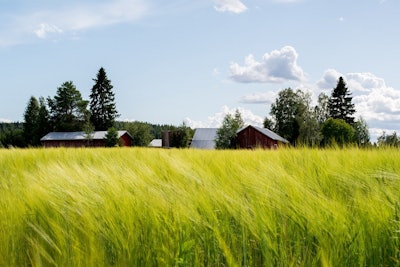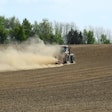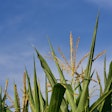
The U.S. Department of Agriculture’s National Agricultural Statistics Service (NASS) has released the 2022 Census of Agriculture data, revealing pivotal trends in American agriculture. The census, which encompasses over 6 million data points, shows a continued decline in the total number of U.S. farms but an increase in the number of new, beginning, and young producers.
According to the census, the United States now has 1.9 million farms and ranches, a 7% decrease from 2017. Despite this decline, the average farm size has risen to 463 acres, an increase of 5%. The total farmland spans 880 million acres, comprising 39% of U.S. land. Notably, family-owned and operated farms continue to dominate, accounting for 95% of all farms and managing 84% of farm land.
The report highlights significant economic growth in the sector, with U.S. farms and ranches generating $543 billion in agricultural products, a substantial rise from $389 billion in 2017. This resulted in a net cash income of $152 billion for U.S. farms, with average farm income increasing to $79,790. However, only 43% of farms reported positive net cash farm income in 2022.
The census data also reveal technological and environmental advancements, with internet access in farms rising to 79% and a 15% increase in farms using renewable energy, primarily solar panels. Direct sales to consumers have grown, totaling $3.3 billion in 2022, a 16% increase from 2017.
Significant shifts in the scale of operations are evident, with farms earning over $1 million accounting for 6% of U.S. farms but selling more than three-quarters of all agricultural products. In contrast, smaller farms with sales under $50,000 constitute 74% of all farms but only 2% of sales.
The census shows that the most common farm types are oilseed and grain production (32%) and beef cattle production (40%). The average age of producers has risen slightly to 58.1 years, with a notable increase in younger and beginning farmers. There are over 1 million farmers with less than 10 years of experience, and the number of producers under 35 has risen to 296,480, making up 9% of all producers.
Female participation in farming is also significant, with 1.2 million female producers representing 36% of all producers, and 58% of farms have at least one female decision-maker.
The response rate for the 2022 census was 61%, with over 40% of responses submitted online. NASS will host a live chat on Feb. 14 to address questions about the data. This census, first conducted in 1840 and now managed by USDA NASS since 1997, remains the most comprehensive agricultural data source for every state and county in the nation.


















